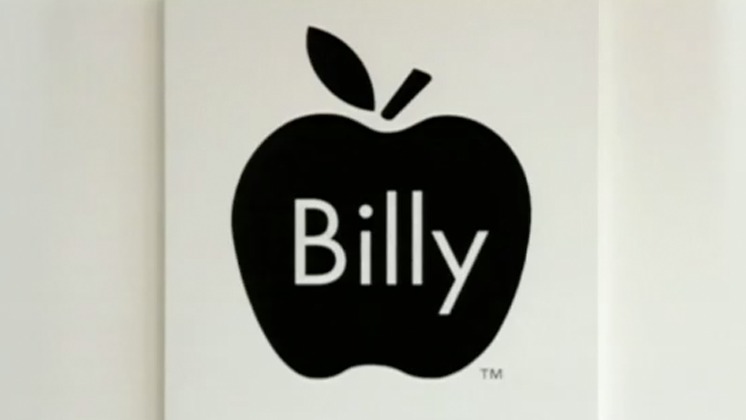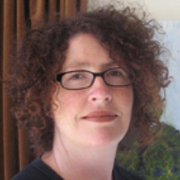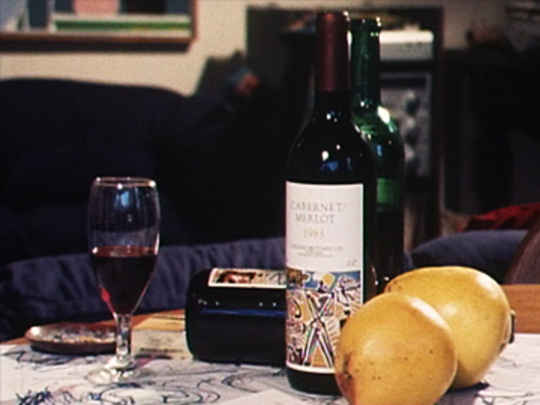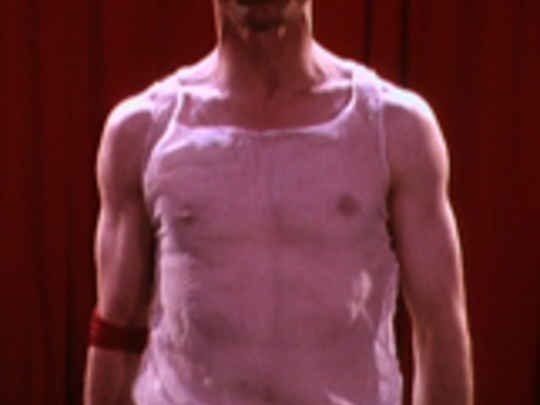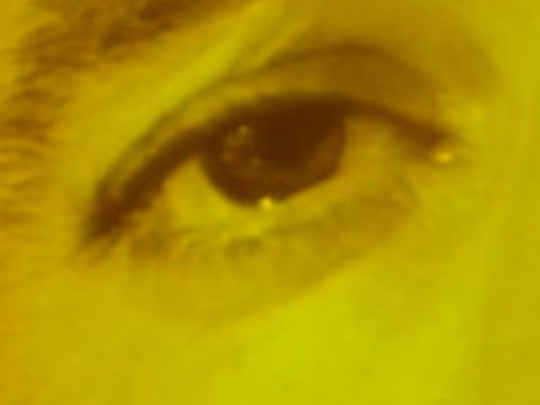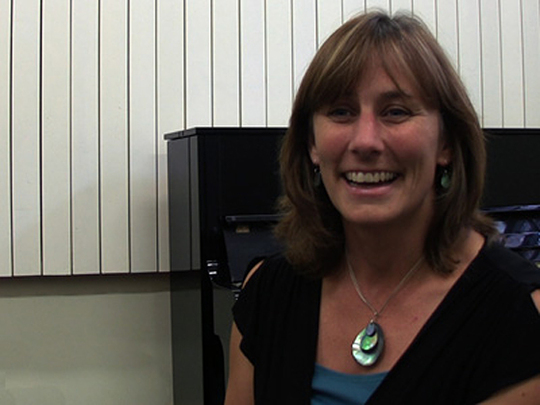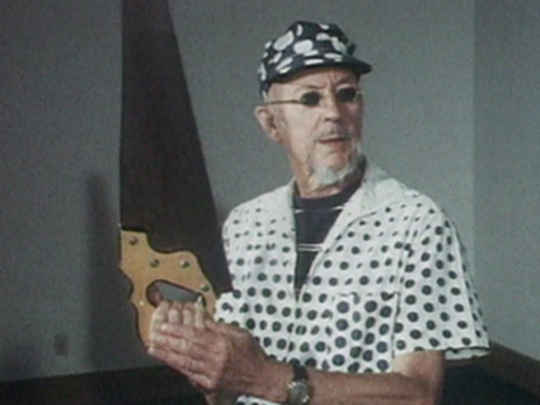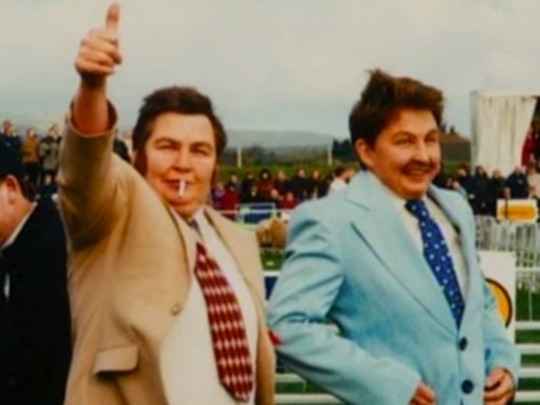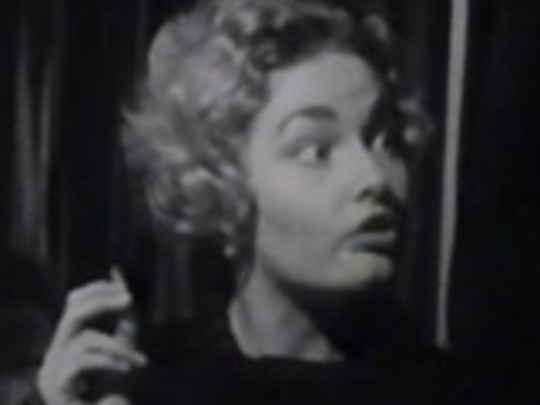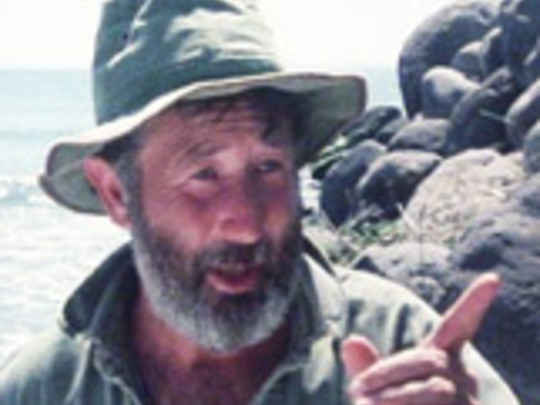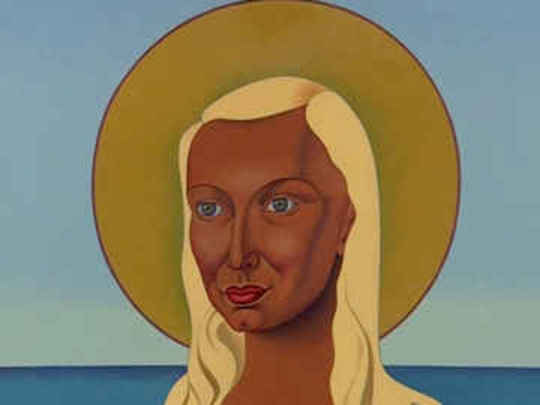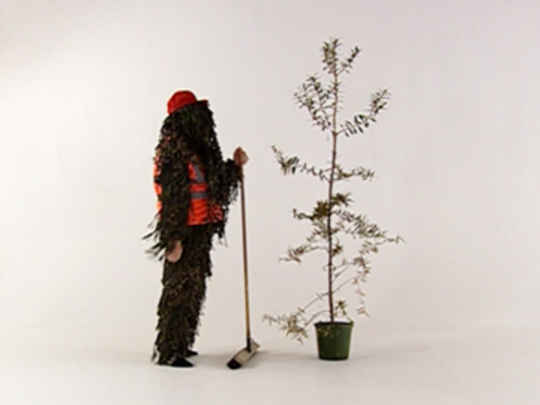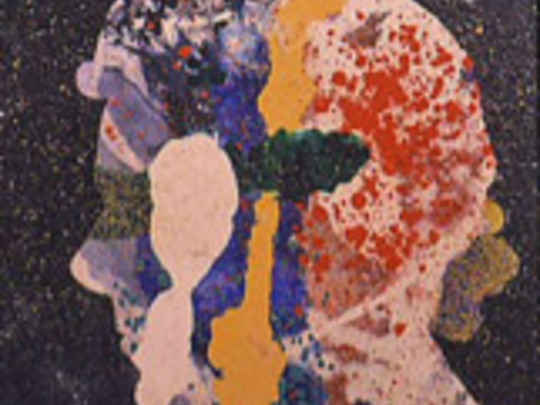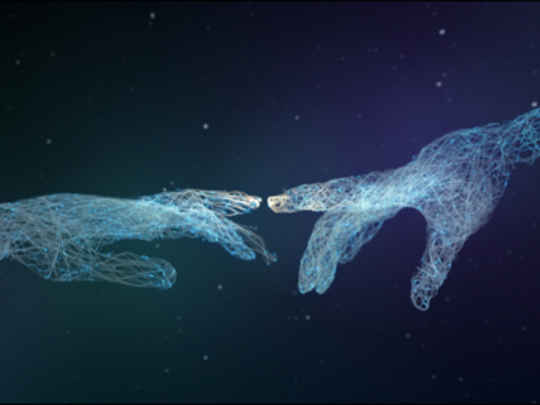Being Billy Apple
Television (Excerpts) – 2007
A perspective by Mary-Jane Duffy
Billy Apple is one of New Zealand's most misunderstood artists. Even within the New Zealand art world, the man and the work have frequently polarised opinion. This is mostly because of the kind of work Apple makes - work that challenges notions of what art is and pushes the boundaries of what it means to be an artist - and his insistence on always being in control of his work when it is exhibited, or even reproduced. This film follows the artist as he ‘makes' a new ‘Apple' for an Auckland café. In doing so it provides an engaging, and often humorous portrait of the man.
Fortuitously for director Leanne Pooley, Apple has been an assiduous documenter of his life and work. He is seen in the sizeable warehouse that houses his archive of art works, film footage, photographs, newspaper and magazine clippings. Pooley's more difficult task was managing Apple himself. The film begins with the petulant Apple claiming his unwillingness to be filmed. If he'd really made it, he remarks, a famous actor would play him. So the scene is set for Being Billy Apple, and something of the artist's personality is defined - difficult, obsessive, funny.
The film traverses Apple's life to date including family background, studies in London, and work in England and New York, and return to New Zealand. It follows the evolution of his thinking about art - most importantly his transition from his given name, Barrie Bates, to the new brand, Billy Apple. It features his involvement in two of the most groundbreaking post-war art movements - pop art and conceptual art - and the exhibition that bridged the two, American Supermarket, which included Andy Warhol, Jaspar Johns, Roy Lichtenstein, and Claes Oldenburg, which was his first exhibition in New York.
Apple's pedantry and obsession with visual correctness aren't glossed over, and it would have been easy to make a less sympathetic film. But Pooley with her many years of television experience, has achieved an insightful portrait of a complex artist.
